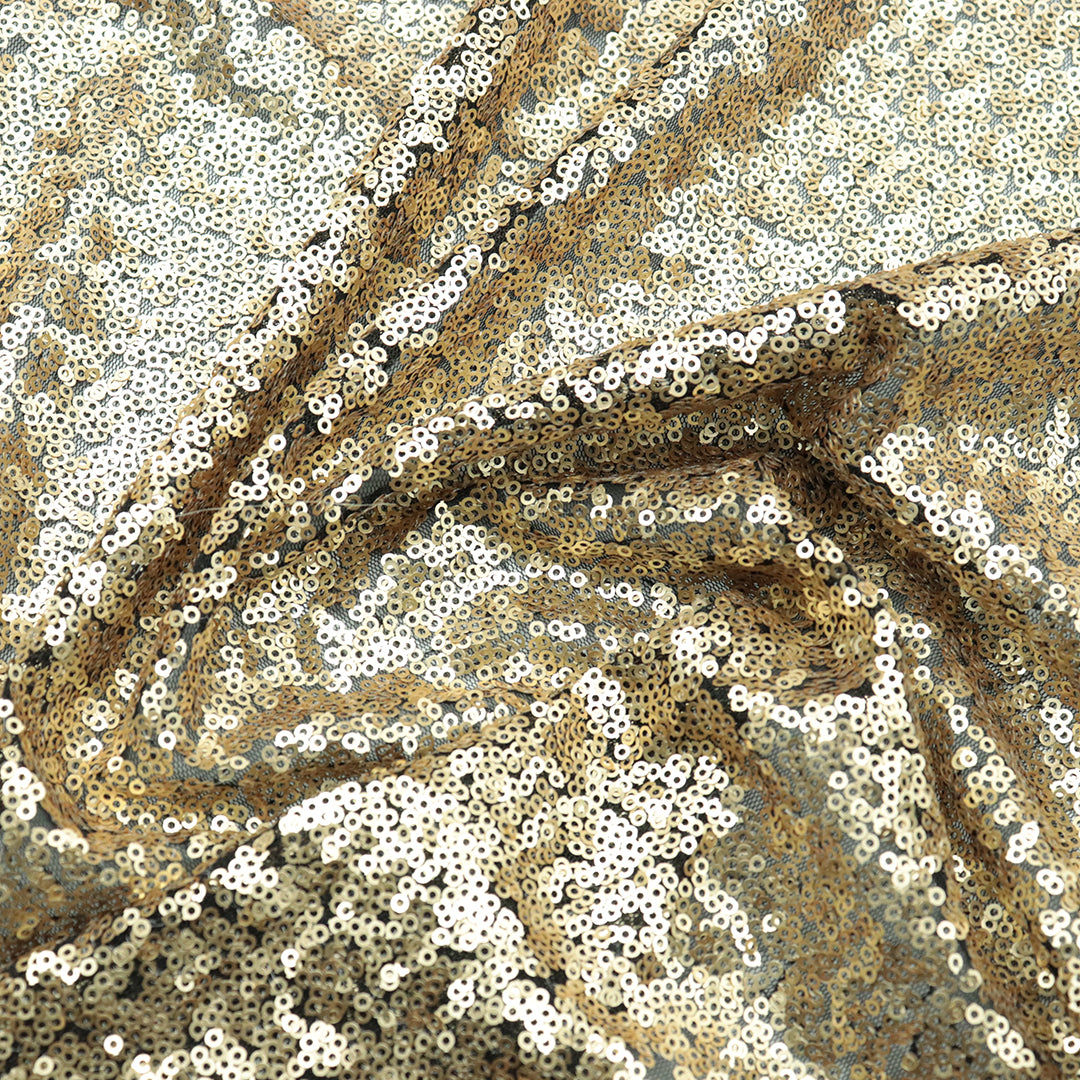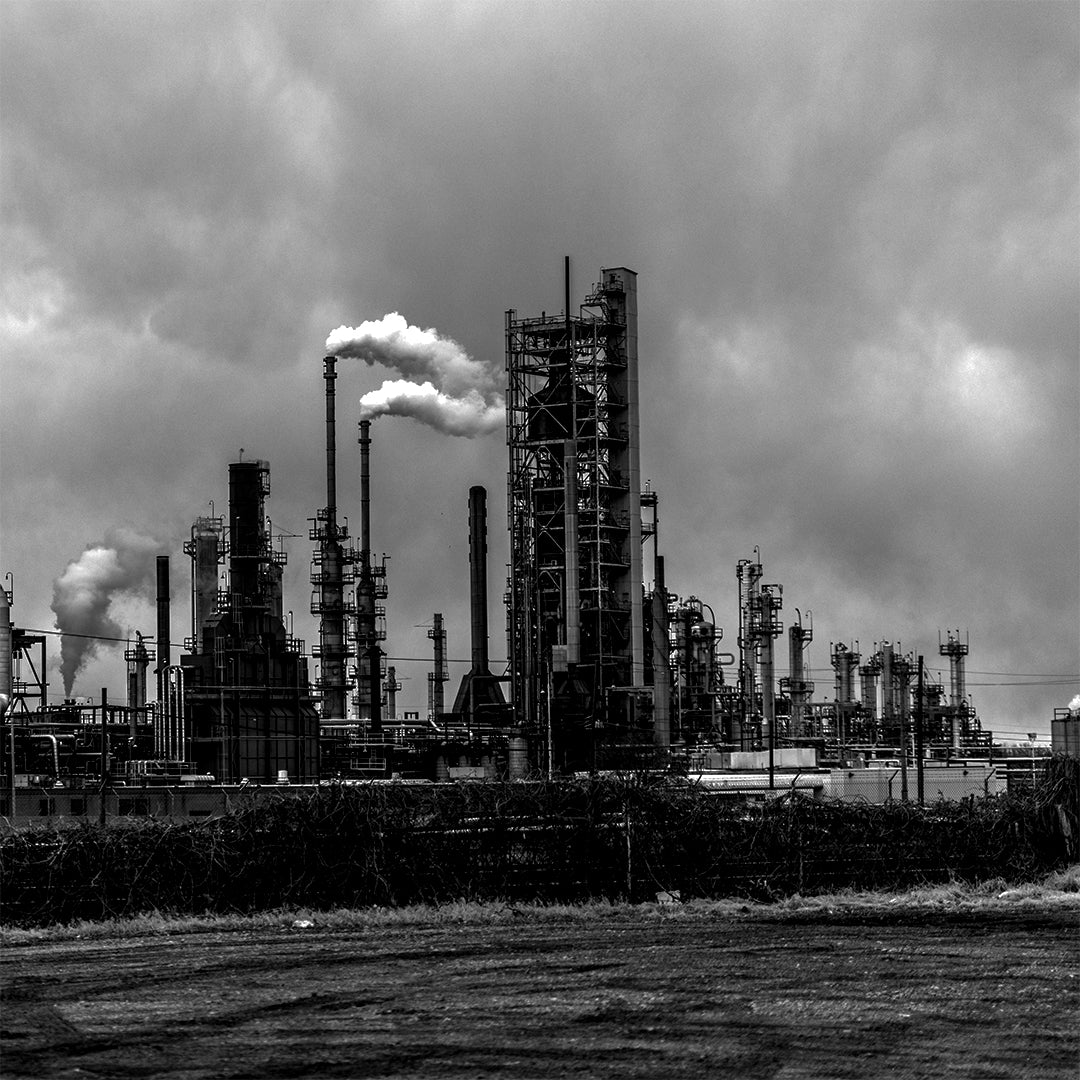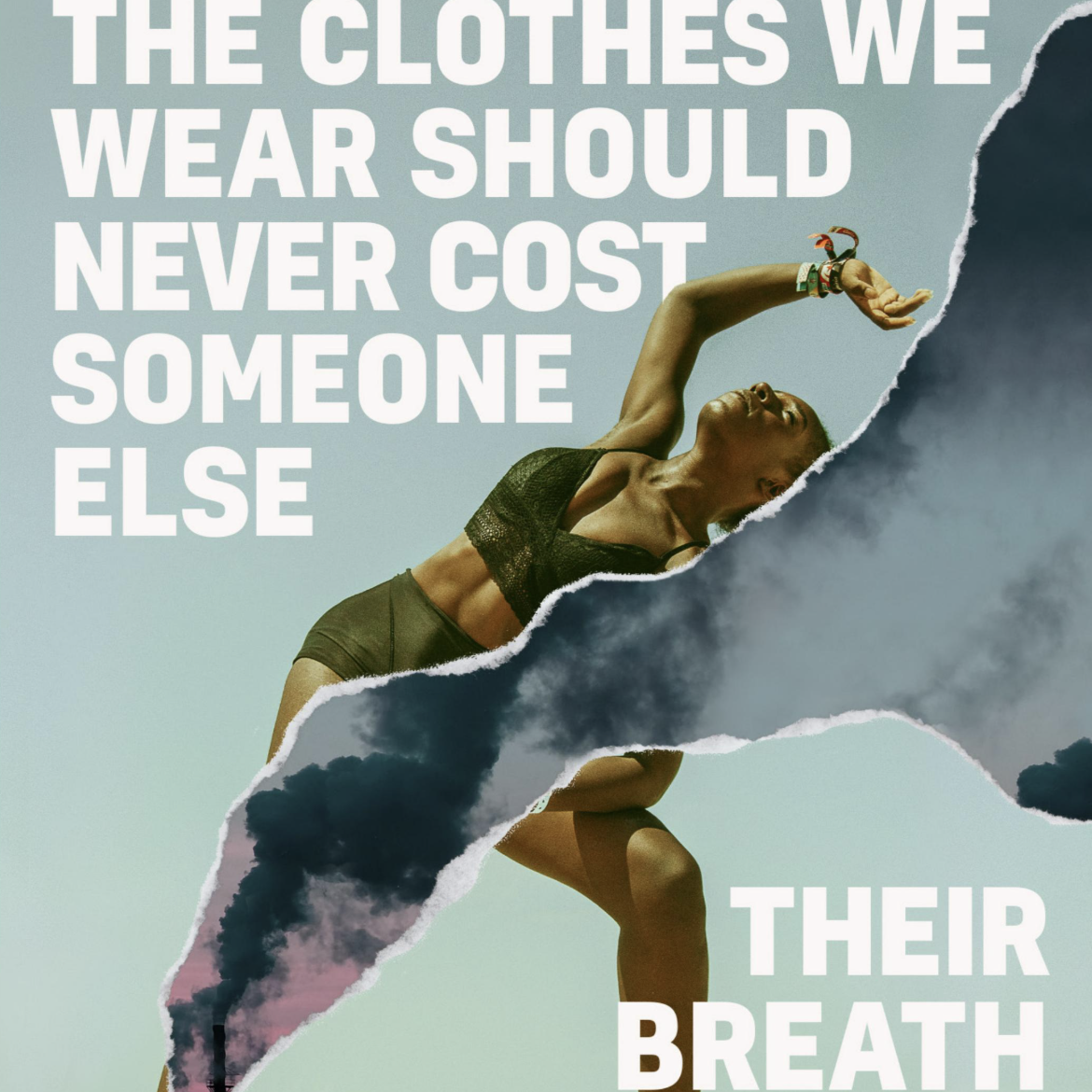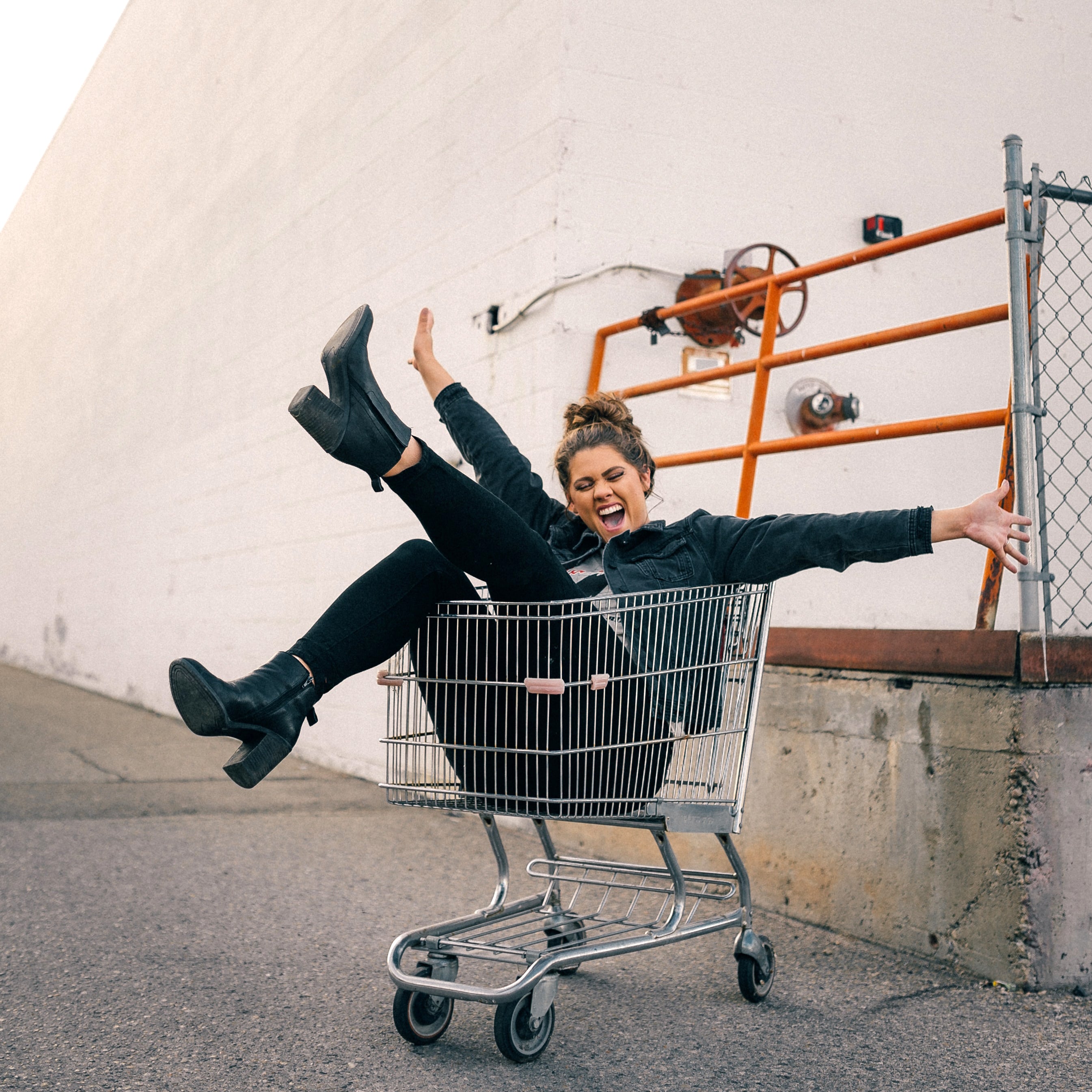Microplastics – They’re Everywhere! Here’s What You Should Know.

Microplastics are tiny fragments of plastic which are less than 5mm long. These troublesome little grains of plastic can sadly be found pretty much anywhere on the planet and have even been found in the human body! Despite this, scientists had been fairly confident that Antarctica was one place that had escaped pollution from microplastic, but shockingly, they were wrong. In a recently published article, we learned that microplastics were discovered in all 19 samples of snow taken from the Antarctic region. With this in mind, we thought it was about time we shared some facts about microplastic and how to avoid contributing to the crisis.
Where do microplastics come from?
Some microplastics were born as such (think glitter or microbeads found in exfoliants). These are known as ‘primary microplastics’. Some become microplastics when larger plastic pieces break down over time. The oceans and waterways tend to be hit hard by microplastics because the small particles can easily slip through water filtration systems and find their way into streams, rivers, lakes and eventually the ocean. The larger pieces of plastic discarded into the ocean can become microplastics too, as they degrade over many years into smaller and smaller pieces.

Here are five common sources of microplastic:
- Beauty and personal hygiene products. Many exfoliating and cleansing products include tiny plastic beads. Did you know that one tube of toothpaste can contain 300,000 microbeads?!
- Styrofoam. Used in packaging, coffee cups and food containers, Styrofoam is not typically recycled. Due to its lightweight nature, it easily breaks down into smaller fragments and finds its way into the air and sea.
- Nurdles. Maybe you’ve not heard of nurdles until now, but they’re used to manufacture the majority of plastic goods. They’re essentially small plastic pellets which are melted down during the manufacturing process. Due to their size, they can easily go astray, finding their way into storm drains and our waterways.
- Fragments. These are defined as microplastics that have resulted from larger pieces of plastic breaking down, such as the single-use plastic items that we so often throw away. UV rays from the sun continue to break the fragments down into smaller and smaller pieces.
- Microfibres. Last, but certainly not least…..did you know that the plastic fibres in our textiles account for 34.8% of global microplastic pollution?! With synthetic clothing, 700,000 plastic fibres can be shed in just one wash! This is a major issue for the fashion industry.

Where do microplastics go?
Now let’s get into the even more shocking stuff! As we mentioned, microplastics have now been found in Antarctica – a place scientists previously thought would be safe from the microplastic plague. So how do these tiny particles manage to find their way to such remote parts of the planet? And how do they find their way inside us too?
Microplastics can be airborne, waterborne and travel through the food chain. When microplastics contaminate aquatic environments, fish and other sea creatures can ingest the plastic and in turn, humans end up consuming it too. Microscopic plastic particles can also be ingested simply through breathing as microplastic circulates in the general atmosphere. Worryingly, microplastic has even been detected in the human bloodstream.

What can you do to help tackle microplastics?
Reducing microplastic pollution is a mammoth task, but as an individual, you can help by being conscious and responsible in your own lifestyle. Here are some simple pointers:
- Wherever possible, avoid purchasing synthetic clothing or textiles. Stick to natural fibres from sustainable manufacturers.
- Wash clothes on a lower temperature setting and air dry your clothes rather than using a dryer. This will help to reduce your carbon footprint too!
- Reduce and recycle your single use plastic.
- Reduce your meat and fish consumption.
- When it comes to water consumption, consider purchasing a water filter instead of drinking bottled water.
- Never buy beauty or personal hygiene products that contain synthetic exfoliants. Look out for microbeads!
- Avoid purchasing or using primary microplastics. For example, if you’re working on a craft project, opt for biodegradable glitter. Buying a garment? Don’t choose an outfit with beaded embellishments.
- Dispose of microplastics carefully – if you’re throwing out materials such as Styrofoam, ensure it is properly contained during disposal.
Would you like more ideas? Check out our blog for lots of ideas on sustainable living, developing a sustainable wardrobe, and reducing waste.
You can get in touch with us any time on social media or by email. Follow us on Facebook and Instagram to stay up to date with the latest in sustainable and ethical fashion from Vino Supraja.



